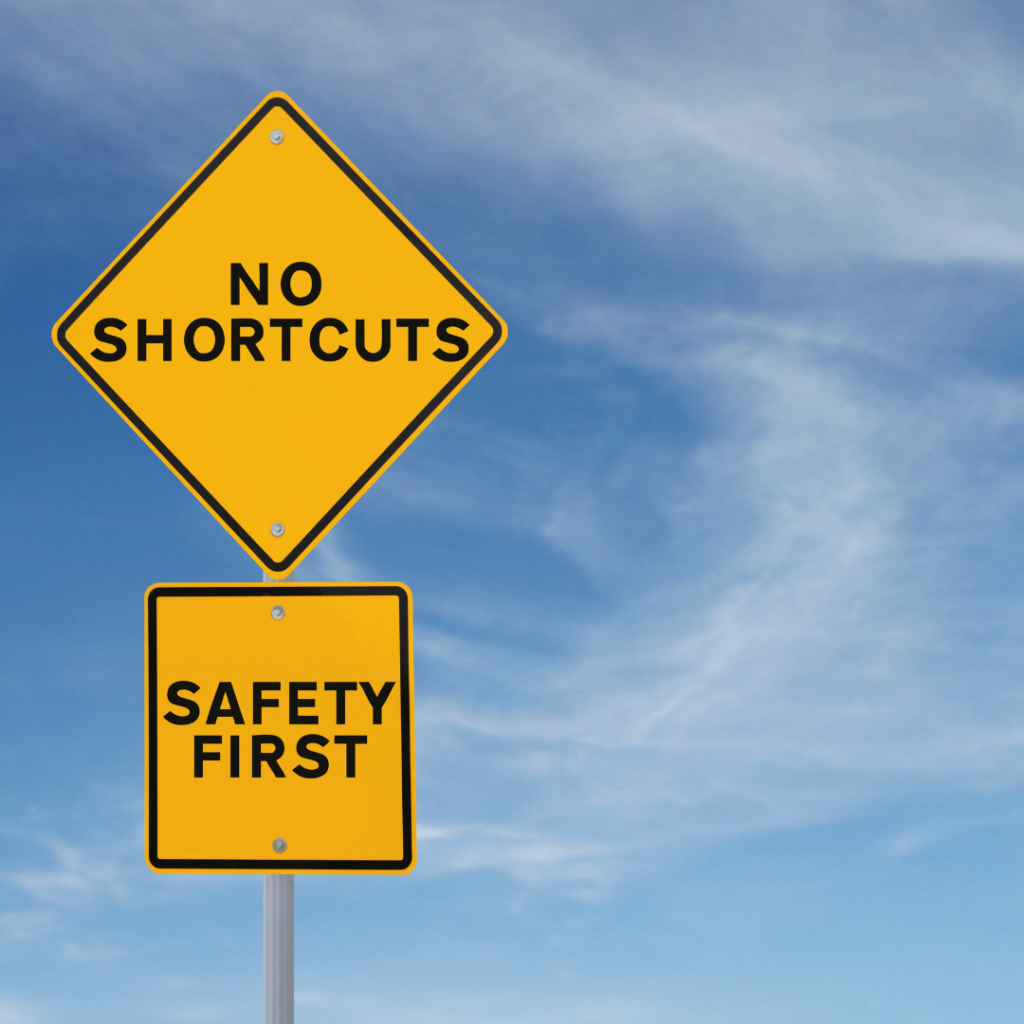

Safety is Less Appreciated than Taking Shortcuts: A Dangerous Mindset
By: Rogelio Arcega Jr. M.M
In today’s fast-paced world, where efficiency and productivity are highly valued, the concept of safety often taken a backseat. The pursuit of quick results and immediate gratification has led to a dangerous mindset not only puts individuals at risk but also undermines the importance of maintaining a safe and secure environment.

One of the main reasons why safety is often overlooked in favor or shortcuts is the desire to save time and effort. Whether it’s in the workplace or in our personal lives, we are constantly under pressure to meet deadlines and achieve goals. This pressure can lead to a mentality where cutting corners and disregarding safety protocols seems like a viable option. However, this approach can have severe consequences, both in terms of immediate accidents and long-term repercussions.
Another factor that contributes to the devaluation of safety is complacency. When individuals
become accustomed to a certain routine or environment, they may start to underestimate the
potential risks and hazards involved. This complacency can lead to a lack of attention to safety
measures and a disregard for potential dangers. Unfortunately, it often takes a tragic incident or
accident to remind us of the importance of safety.
Furthermore, the influence of societal norms and cultural attitudes can also play a role in the
devaluation of safety. In some cultures, taking risk and pushing boundaries are seen as admirable
traits, while prioritizing safety is viewed as being overly cautious or weak. This cultural mindset can
create a dangerous environment where individuals feel compelled to take shortcuts and ignore
safety precautions in order to prove themselves or meet societal expectations.
However, it is crucial to recognize that safety should never be compromised for the sake of
expediency or convenience. The consequences of taking shortcuts can be devastating, not only for
individuals but also for the entire seafaring communities and organizations. Accidents and injuries
not only result in physical harm but also lead to financial losses, damage to reputation, and
emotional trauma for those involved.
To combat this dangerous mindset, it is important to foster a culture of safety appreciation. This
involves raising awareness about the importance of safety, providing proper training and education,
and creating an environment where individuals feel empowered to prioritize safety over shortcuts.
Organizations should implement robust safety protocols, enforce strict adherence to safety
measures, and rewards individuals who prioritize safety in their work.
Ultimately, it is essential to shift our mindset and recognize that safety should always be a top priority. Taking shortcuts may seem appealing in the short term, but the potential risks and consequences far outweigh any perceived benefits. By appreciating and prioritizing safety, we not only protect ourselves and those around us but also foster a culture of responsibility and accountability. So let us reject the dangerous mindset of valuing shortcuts over safety and embrace a mindset that values the well-being and security of all.

RAJ
Make your life worthwhile, and to the world before you. BE RELEVANT!
Quick Links
©2023. All Rights Reserved
